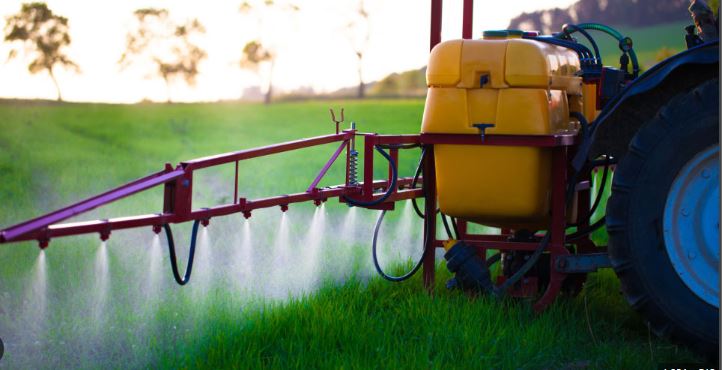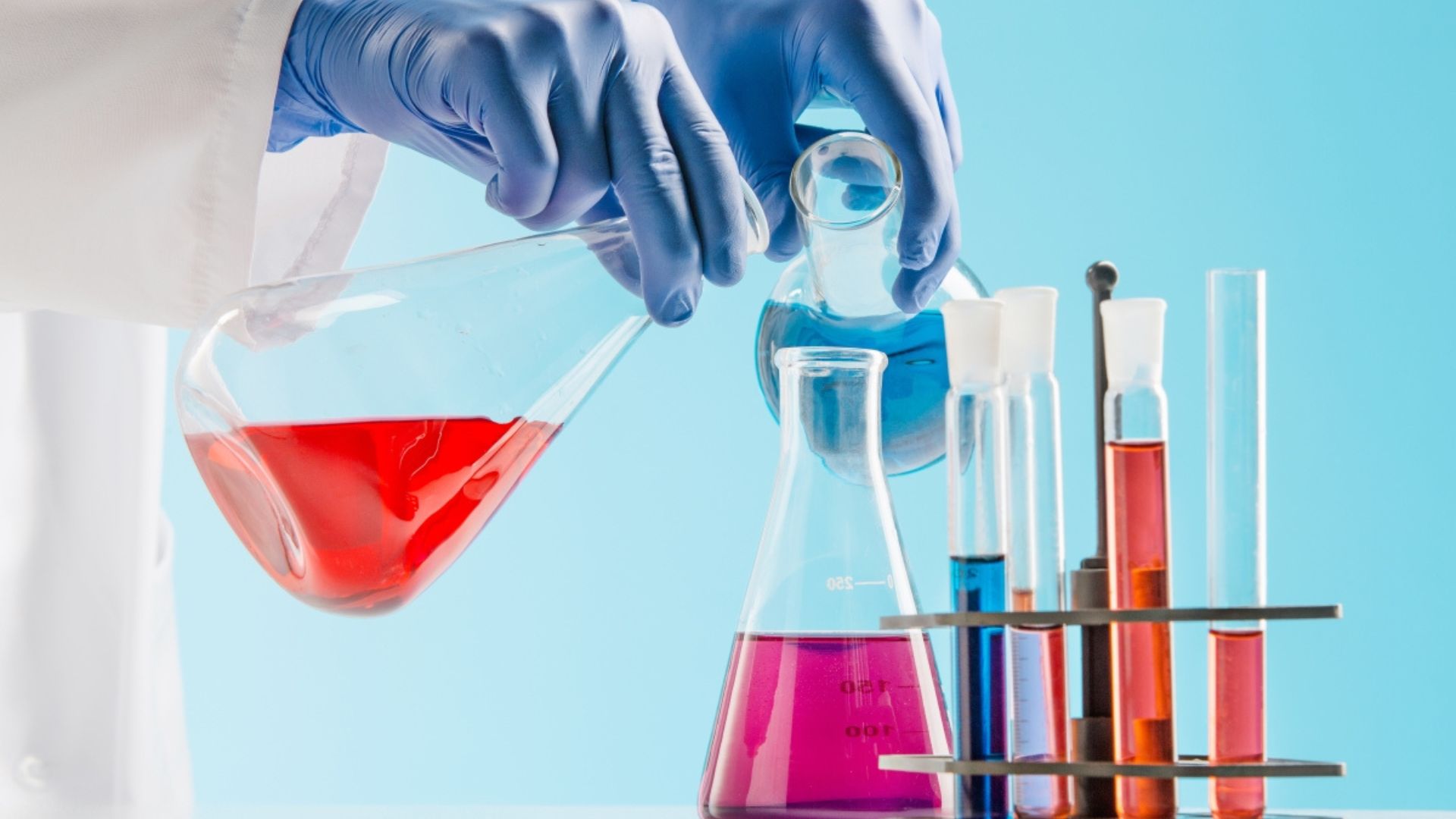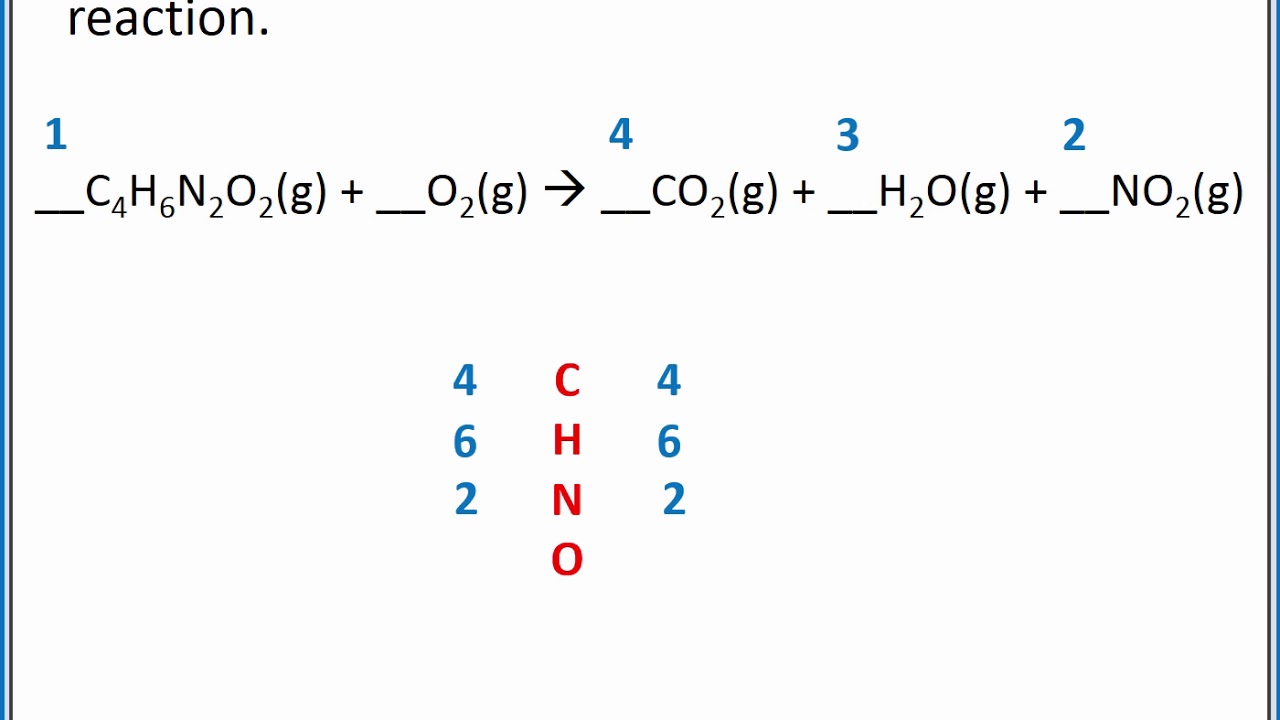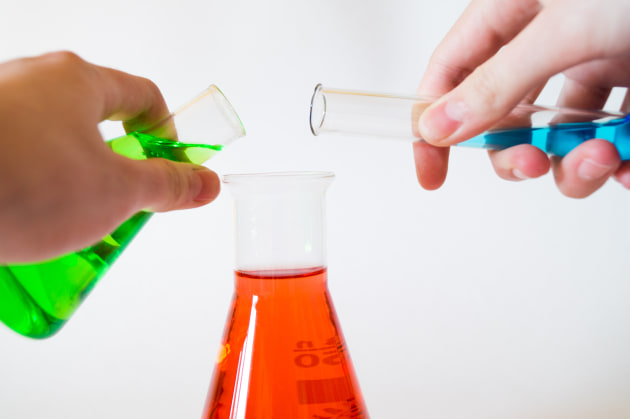Pesticides are chemicals used to control pests that threaten crops, livestock, and human health. They play a vital role in modern agriculture by protecting crops from insects, weeds, fungi, and other harmful organisms. However, their use raises concerns about environmental and health impacts. This post explores the different types of pesticides types and impact on the environment and human health.
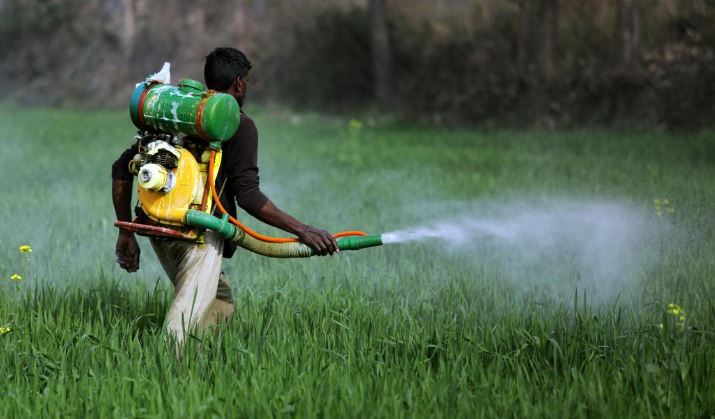
Pesticides: Types and Impact
Types of Pesticides
Pesticides come in various forms, each designed to target specific types of pests. The main categories include:
- Insecticides: These pesticides are used to kill or manage insect pests. They work by interfering with the insect’s nervous system or metabolism. Common examples include organophosphates and pyrethroids. Insecticides help protect crops from insects like aphids, beetles, and caterpillars, which can cause significant damage if left uncontrolled.
- Herbicides: Herbicides target unwanted plants or weeds that compete with crops for nutrients, water, and light. They can be selective, affecting only certain types of plants, or non-selective, killing all plants they contact. Glyphosate and atrazine are popular herbicides to manage weed growth and improve crop yields.
- Fungicides: Fungicides are used to prevent or control fungal infections that can damage plants. They work by disrupting fungal growth or reproduction. Examples include chlorothalonil and copper sulfate. Fungicides help prevent diseases like powdery mildew and rust, which can devastate crops if not managed.
- Rodenticides: Rodenticides are designed to control rodent populations. They work by poisoning rodents, either through ingestion or contact. Common types include anticoagulants and metal phosphides. Rodenticides help manage rodents that can damage crops, spread diseases, or contaminate food supplies.
- Nematicides: Nematicides target nematodes, microscopic worms that damage plant roots. These pesticides can be soil-applied or put in irrigation systems. Examples include methyl bromide and oxamyl. Nematicides help protect crops from root damage and yield loss caused by nematode infestations.
Environmental Impact of Pesticides
While pesticides are effective in managing pests and increasing agricultural productivity, they also have significant environmental impacts. One major concern is the contamination of soil and water sources. Pesticides can leach into groundwater or run off into rivers and lakes, affecting aquatic ecosystems and wildlife. Non-target organisms, such as beneficial insects and pollinators, can also be harmed by pesticide exposure. Additionally, pesticide use can lead to the development of resistance in pest populations, making them harder to control over time.
Health Implications of Pesticides
The health implications of pesticide exposure are another critical concern. Pesticides can affect humans through direct contact, inhalation, or ingestion of residues on food. Short-term exposure can cause symptoms like nausea, headaches, and skin irritation. Long-term exposure is more serious health issues, including cancer, neurological disorders, and reproductive problems. Farmworkers and agricultural communities are at higher risk due to their frequent and prolonged exposure to these chemicals.
Sustainable Pest Management
To mitigate the negative impacts of pesticides, sustainable pest management practices are essential. Integrated Pest Management (IPM) is a holistic approach that combines biological, cultural, mechanical, and chemical methods to control pests while minimizing environmental and health risks. IPM strategies include using pest-resistant crop varieties, implementing crop rotation, and applying pesticides only when necessary. Organic farming practices also offer alternatives to conventional pesticides, using natural substances and methods to manage pests.
Conclusion
Pesticides play a crucial role in modern agriculture by protecting crops and improving yields. However, managing their use is crucial due to environmental and health risks. By understanding the types of pesticides and their impacts, we can work towards more sustainable pest management practices that protect both human health and the environment.

